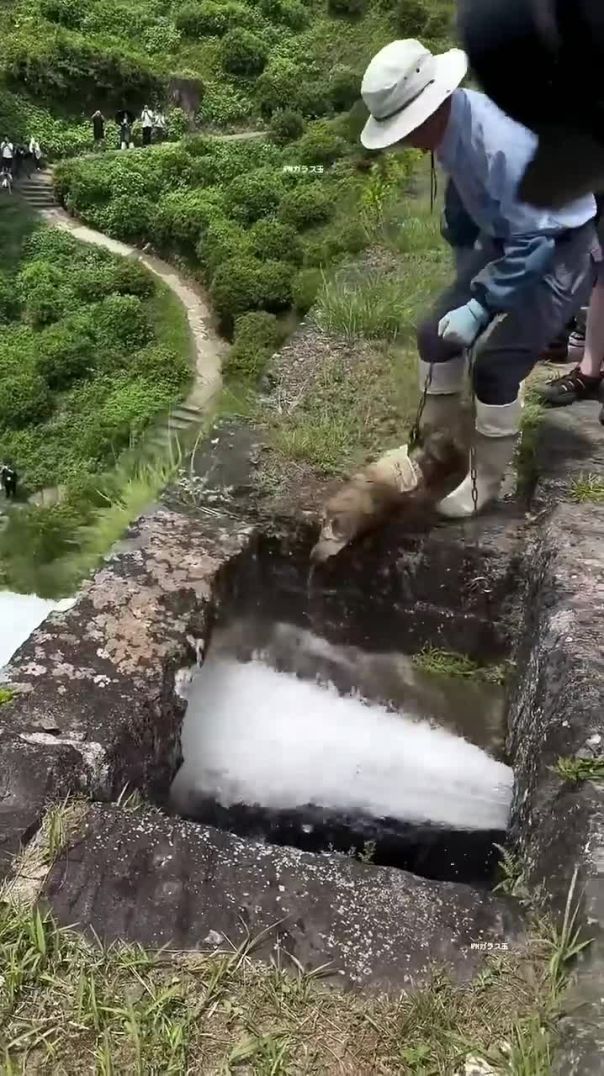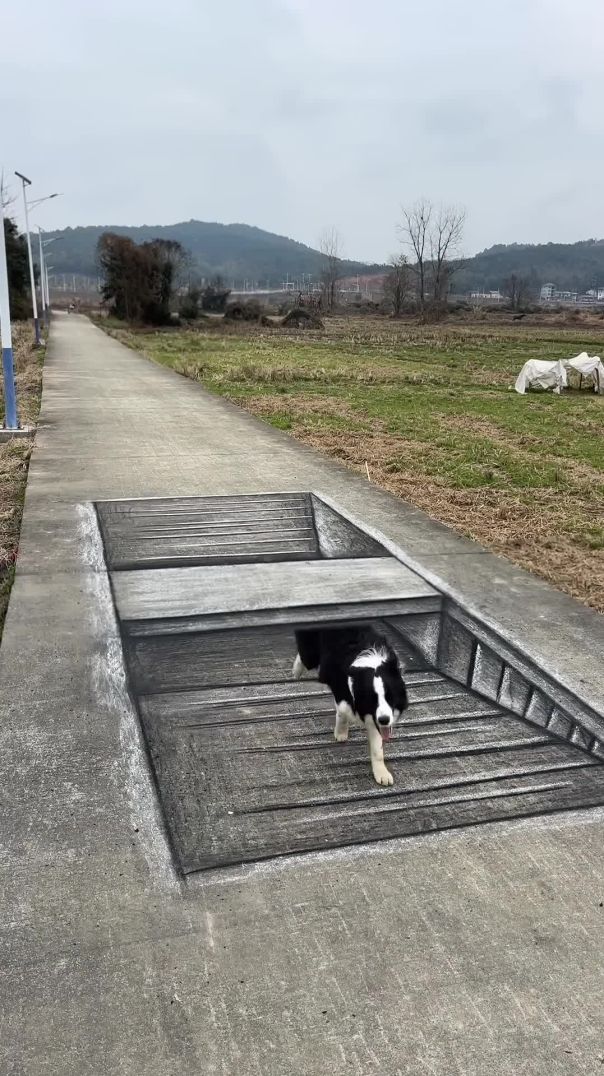265 Views· 21 May 2024
弓ができるまで。長さ2mを超える巨大弓を作る日本の職人 Process of making a bow. A Japanese craftsman who makes giant bows over
Honoring Tradition and Precision
Creating a traditional Japanese bow, or "yumi," is an art that has been passed down through generations. These bows, especially the ones over 2 meters long, are not only tools for archery but also symbols of cultural heritage and craftsmanship. This guide outlines the meticulous process undertaken by a Japanese craftsman dedicated to this ancient art.
**Step 1: Selecting the Materials**
**Materials Needed:**
- Bamboo (madake)
- Hardwood (mulberry or oak)
- Wisteria or rattan
- Urushi lacquer
**Steps:**
1. **Choose the Bamboo:** Select high-quality madake bamboo for its flexibility and strength.
2. **Harvesting:** Bamboo is harvested during winter when the sap content is low, ensuring durability.
3. **Seasoning:** The bamboo is left to season for several months to reduce moisture content and enhance strength.
**Step 2: Preparing the Bamboo**
**Steps:**
1. **Splitting:** The bamboo is carefully split into strips using traditional tools.
2. **Smoothing:** Each strip is planed and smoothed to remove any imperfections.
3. **Matching Strips:** The strips are matched for consistency in flexibility and strength.
**Step 3: Laminating the Bow**
**Steps:**
1. **Laminating Strips:** Bamboo strips are laminated together with hardwood layers using natural glues.
2. **Binding:** Wisteria or rattan is used to bind the laminated strips, ensuring they stay in place during the drying process.
3. **Drying:** The bound bow is left to dry for several weeks, allowing the glue to cure and the wood to settle.
**Step 4: Shaping the Bow**
**Steps:**
1. **Heating:** The bow is gently heated over a charcoal fire to make it pliable.
2. **Bending:** Using traditional molds, the bow is gradually bent into its characteristic "D" shape.
3. **Adjusting:** The craftsman adjusts the curvature to ensure even tension throughout the bow.
**Step 5: Final Assembly**
**Steps:**
1. **Smoothing and Sanding:** The entire bow is sanded smooth, removing any rough edges.
2. **Applying Urushi:** Multiple layers of urushi lacquer are applied to protect the bow and enhance its aesthetic appeal.
3. **Stringing:** The bowstring, traditionally made from hemp or synthetic fibers, is carefully attached and adjusted for the right tension.
**Step 6: Testing and Tuning**
**Steps:**
1. **Initial Testing:** The bow is tested for balance, strength, and flexibility.
2. **Tuning:** Any necessary adjustments are made to ensure optimal performance.
3. **Final Inspection:** The bow undergoes a final inspection for any imperfections or imbalances.
**Conclusion: A Masterpiece of Craftsmanship**
The process of making a giant Japanese bow over 2 meters long is a testament to the dedication, skill, and tradition upheld by the craftsman. Each bow is a unique masterpiece, reflecting the meticulous attention to detail and the deep respect for cultural heritage. Whether used in traditional kyudo practice or displayed as a work of art, these bows symbolize the enduring legacy of Japanese craftsmanship.
伝統と精密さを尊重する
伝統的な日本の弓「弓道弓(ゆみ)」の製作は、世代を超えて受け継がれてきた技術です。特に、2メートルを超える巨大弓は、弓道の実用的な道具であると同時に、文化遺産と職人技の象徴でもあります。ここでは、古代から続くこの技術を守り続ける日本の職人による、弓の製作プロセスを詳しく紹介します。
**ステップ1:材料の選定**
**必要な材料:**
- 真竹(まだけ)
- 硬木(桑または樫)
- 藤(ふじ)や籐(とう)
- 漆(うるし)
**手順:**
1. **竹の選定**:柔軟性と強度に優れた真竹を選びます。
2. **伐採**:冬季に竹を伐採し、樹液の含有量が少なく耐久性が高い状態にします。
3. **乾燥**:竹を数ヶ月間乾燥させて、含水率を減少させ、強度を高めます。
**ステップ2:竹の準備**
**手順:**
1. **割り作業**:伝統的な道具を使って竹を慎重に割ります。
2. **削り作業**:各竹片を鉋(かんな)で平らに削り、表面を滑らかにします。
3. **竹片の選定**:柔軟性と強度が均一になるように竹片を選びます。
**ステップ3:弓の積層**
**手順:**
1. **積層作業**:竹片を硬木の層と共に自然の接着剤で積層します。
2. **縛り作業**:藤や籐を使って積層した竹片を縛り、乾燥過程で形を保つようにします。
3. **乾燥**:縛った弓を数週間乾燥させ、接着剤が固まり、木材が安定するのを待ちます。
**ステップ4:弓の成形**
**手順:**
1. **加熱作業**:炭火の上で弓をゆっくりと加熱し、柔軟にします。
2. **曲げ作業**:伝統的な型を使って、弓を特有の「D」字型に曲げます。
3. **調整**:弓全体の張力が均一になるように曲げ具合を微調整します。
**ステップ5:最終組立**
**手順:**
1. **滑らかに仕上げる**:全体を滑らかにするために弓を研磨します。
2. **漆塗り**:数層の漆を塗り、弓を保護し、美観を高めます。
3. **弦張り**:麻または合成繊維で作られた弦を慎重に取り付け、適切な張力に調整します。
**ステップ6:試験と調整**
**手順:**
1. **初期試験**:弓のバランス、強度、柔軟性をテストします。
2. **調整**:最適な性能を確保するために必要な調整を行います。
3. **最終検査**:不具合や不均一がないか最終確認を行います。
**結論:職人技の傑作**
2メートルを超える巨大な日本の弓の製作は、職人の献身、技術、そして伝統への深い敬意の証です。各弓は独自の傑作であり、細部にわたる注意と文化遺産への敬意を反映しています。伝統的な弓道の練習に使用されるか、芸術作品として展示されるかに関わらず、これらの弓は日本の職人技の永続的な遺産を象徴しています。




























0 Comments